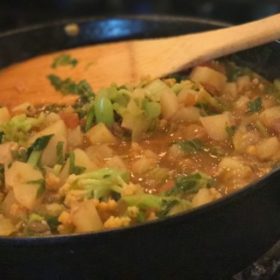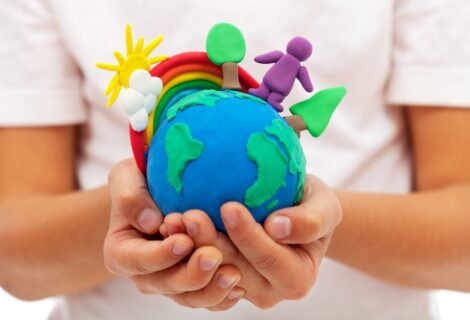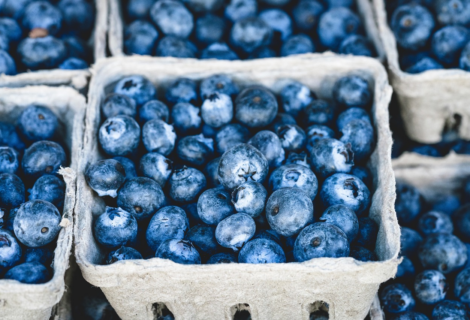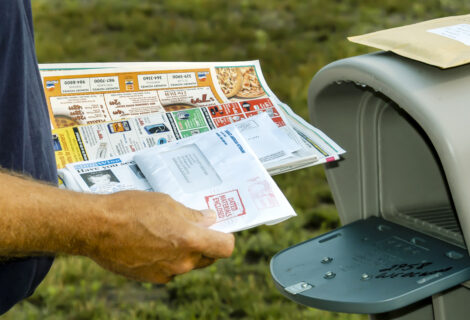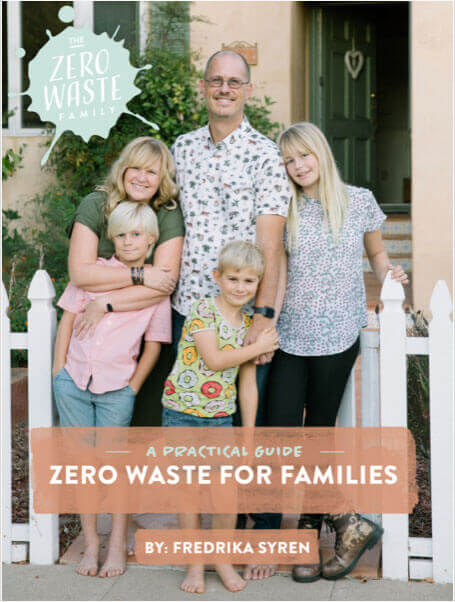By Fredrica Syren:
A very important step in living a green and eco-friendly life is to start learning basic information: what is in the things you buy, and where it comes from. That has been eye-opening for me. Once I started reading ingredients lists to learn what is in every product before I buy it, I saw many ingredients I would never put in my body or in my home. The internet has been very helpful in finding all the information I will ever need to know in order to decide whether the products I buy live up to the standards of being green and eco-friendly.
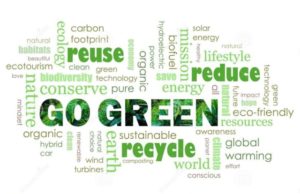 But first, let face it — living an environmentally conscious life takes a lot of education and some soul searching. Also, the reality is that sometimes life takes unexpected turns and you must roll with the punches, and sometimes…you also will make choices that are the opposite of environmental consciousness. The bottom line is it’s ok because it’s not about being perfect; it’s about minimizing your impact on the planet. I’m as guilty of that as the next person and have gotten takeout food in disposable containers because my kids were hungry and that was a fast choice. And I have eaten commercially produced food.
But first, let face it — living an environmentally conscious life takes a lot of education and some soul searching. Also, the reality is that sometimes life takes unexpected turns and you must roll with the punches, and sometimes…you also will make choices that are the opposite of environmental consciousness. The bottom line is it’s ok because it’s not about being perfect; it’s about minimizing your impact on the planet. I’m as guilty of that as the next person and have gotten takeout food in disposable containers because my kids were hungry and that was a fast choice. And I have eaten commercially produced food.
The first baby steps in living an environmentally conscious life begins with the following:
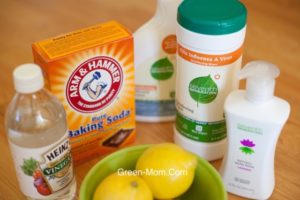 Detox your home—Remove toxic household cleaners, and invest in nontoxic and green cleaners. Believe me, there are so many better options available in today’s market. Just make sure to look up the brands to be certain they are the real thing and it’s not greenwashing. Or make it a lot easier and cheaper, and clean with homemade household cleaners. Invest in post-consumer recycled toilet paper, buy beauty and body products that contain no hormone-mimicking chemicals.
Detox your home—Remove toxic household cleaners, and invest in nontoxic and green cleaners. Believe me, there are so many better options available in today’s market. Just make sure to look up the brands to be certain they are the real thing and it’s not greenwashing. Or make it a lot easier and cheaper, and clean with homemade household cleaners. Invest in post-consumer recycled toilet paper, buy beauty and body products that contain no hormone-mimicking chemicals.
Buy used or borrow as much as possible—Buying new requires use of raw materials; so to lower the environmental impact, buy secondhand clothes, cars, furniture and books. Why not try fixing things that are broken instead of buying brand new, or why not try borrowing books or anything else possible?
Buy less and live more minimally—Let’s face it, we buy way too much and live with so much that it tends to trap us and weigh us down. A couple of years ago, our home was packed to the brim and we even paid for a storage unit to house things that simply did not fit into it. We then decided to save some money so my husband could be a stay-at-home dad for a while. So, storage had to go…and so did everything in it; and then we continued with the rest of the house. The feeling I had when we were finished was one of freedom.
Reduce Plastic- These days, plastic is found in food, clothes, kitchenware, eye glasses, hygiene products, phones, computers, candy, cars — even gum. Plastic is one of the most wasteful materials in the world. Most plastic (like a plastic bag or plastic water bottle) is used for only a very short time before being discarded.Plastic is just one of the worst things created by humans and is dangerous because it’s polluting our cities, oceans and waterways; and it’s contributing to health problems in humans and animals.
Waste Less—Being more environmentally conscious means producing less waste, so observe what and how much you waste, and (most important) how you can reduce waste. Waste ends in a landfill where most of it will either produce methane gas, which is a dangerous and potent greenhouse gas, or leak chemicals into our environment. And things like plastic will take 100 or even 1000 years to decompose. The easiest way to reduce waste is to start recycling, a small way to help the planet. Consciously not buying things wrapped in plastic or other disposable materials is the very best option. Buying in bulk and shopping at the local farmers’ market is a great way to reduce waste — and always bring reusable bags for bulk items and produce and fruits. Buy milk and yogurt in returnable glass containers. Bring your own glass containers for meat, cheese and fish items.
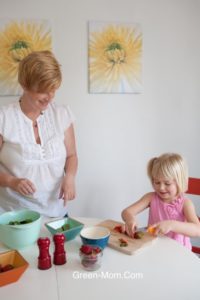 Cook at home—It’s no secret that cooking at home reduces waste more than getting takeout food or eating in restaurants. Processed and takeout foods in general come with lots of waste, from stickers to the petroleum-based plastic wrap, to Styrofoam and aluminum trays, cans to preserve them, and rubber bands to hold items together. Most of these things cannot be recycled. Besides the waste, the food packaged in these materials also exposes us to Bisphenol A, or BPA, so breaking free from processed and takeout food serves both the environment and our own health.
Cook at home—It’s no secret that cooking at home reduces waste more than getting takeout food or eating in restaurants. Processed and takeout foods in general come with lots of waste, from stickers to the petroleum-based plastic wrap, to Styrofoam and aluminum trays, cans to preserve them, and rubber bands to hold items together. Most of these things cannot be recycled. Besides the waste, the food packaged in these materials also exposes us to Bisphenol A, or BPA, so breaking free from processed and takeout food serves both the environment and our own health.
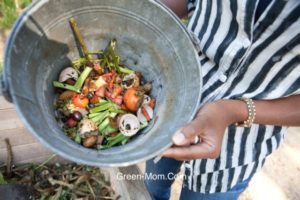 Compost food scraps—Food waste that ends up in a landfill causes greenhouse gases, so a way to reduce this is to start composting. Here on green-mom.com, I have covered all kinds of composting: bokashi composting, curbside composting, and composting in an apartment to traditional composting. Composting is a great way to reduce waste and turn any food scraps into beautiful fertilizer.
Compost food scraps—Food waste that ends up in a landfill causes greenhouse gases, so a way to reduce this is to start composting. Here on green-mom.com, I have covered all kinds of composting: bokashi composting, curbside composting, and composting in an apartment to traditional composting. Composting is a great way to reduce waste and turn any food scraps into beautiful fertilizer.
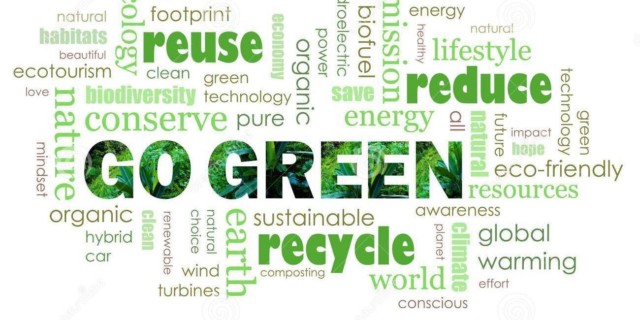
Living an Environmentally Conscious Life
Fredrika Syren
Fredrika Syren is an environmental activist and writer. In 2016, she founded the website Green-Mom.com where she shared her family’s journey of living zero waste. She lives in San Diego, California with her husband James and their children Bella, Noah, and Liam. Fredrika and her family were recently featured in the documentary Zero Time to Waste. Fredrika is also the author of Zero Waste for Families - A Practical Guidebook (which you can buy on this site)
Related Posts
-

Celebrate Earth Day at Home: 10 Things To Do For the Planet
April 21, 2024
-

-

How to Reduce Waste from Junk Mail
April 14, 2024
© 2024 COPYRIGHT © 2021 THE ZERO WASTE FAMILY™ - ALL RIGHTS RESERVED | DESIGNED BY REDEEFINED CREATIVE



